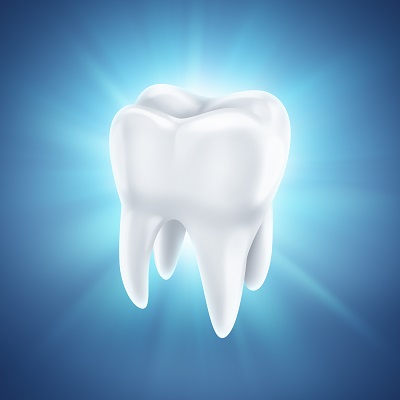The Importance Of Pediatric Dental Care
As a new parent, you want to do everything you can to provide your baby with a happy and healthy future. One thing many parents of infants feel uncertain about is how to care for your child’s newly emerging teeth. Your baby’s oral health requires care and dedication, but that doesn’t mean it has to be difficult or tedious. Once you understand the basics, you can provide better care and catch developing issues quickly, making things better for you and your baby.
How Much Do Baby Teeth Matter?
Baby teeth may be temporary, but they establish a template for your child’s future oral health development. Taking care of your baby’s dental health begins in the womb. The American Academy of Pediatric Dentistry officially advises all pregnant women to receive consistent cleanings and exams during their pregnancy to prevent against periodontal diseases such as gingivitis which can increase the risk of premature birth and low birth weight.
Good dental care for mom shouldn’t end once your baby is born, either — moms with poor oral health who are breastfeeding risk transferring harmful bacteria to their babies. Mothers need to be extra diligent about their teeth and gums by following these simple guidelines.
- Avoid sharing eating utensils, drinking cups, or food
- Brush twice a day, and floss at least once a day
- Use a good mouthwash
- Use a sugar-free chewing gum
- Use a fluoride toothpaste
- Eat a healthy diet with less sugar
- Keep up with your regular dental cleanings and
Establish a Healthy Relationship with the Dentist Early On
The American Dental Association, American Academy of Pediatric Dentistry, and American Academy of Pediatrics all recommend establishing a family dentist for your child sometime during their first year. Preventive dental care and regular checkups lower the risk of developing dental problems when they are older, plus they get used to the routine and have better oral health habits.
Try to make your child’s first visit to the dentist a positive and enjoyable experience. If your child can understand what is going on, explain everything you can, so they understand what’s going on reduce the chances of developing dental anxiety.
Be careful about the words you use when talking about the dentist, and try avoiding words like “scary,” “needle,” “drill,” “pain,” “hurt,” or other words that your child will associate with negative emotions. It’s important to create positive memories and associations early on in your child’s life.
Pediatric dental offices treat a lot of small children and infants, and so they understand how important a good first impression is for young children. They establish trusting relationships with their young patients and provide education and encouragement.
When Does Teething Usually Start?
Dental development is different for each child. Some babies are very late teethers, and others are very early. You can usually expect the front teeth to appear first at some point between the ages of 6 to 8 months.
What You Should Know About Nighttime Bottle Feeding
One of the biggest causes of cavities in infants is the use of a baby bottle with sugary drinks when putting them down to sleep. Fruit juice and other sweetened drinks are well-known promoters of tooth decay, but even milk (including breast milk) contains enough sugar to allow the development of excess bacteria and cavities. Use an empty bottle or pacifier, rather than milk or some other sweetened drink.
How to Clean Your Baby’s Teeth at Home
Use a damp washcloth or pad of gauze to carefully remove plaque from the baby’s gums and teeth after feeding. This is usually done by sitting down with the baby’s head in your lap or with the baby lying comfortably on a secure, flat surface. Make sure that you can see into your baby’s mouth to remove all of the plaque.
Are Sippy Cups Safe?
After the bottle, they will transition to a sippy cup until they’re ready to drink from normal cups. Keep in mind that a sippy cup is only a temporary training tool and not a long-term solution. Sippy cups should be discontinued by the time your child reaches their first birthday. What goes in the sippy cup is what’s important. If you give your child sugary liquids throughout the day, coating the mouth with a sticky, syrupy substance, which provides a rich breeding ground for the bacteria that cause cavities and gum disease. Instead, take the time to transition your child to drink water as often as possible. Offer milk and juice as an occasional treat given in small amounts
Overall, good dental health is essential at any age. By paying close attention to your child’s oral health and setting a good example with your dental care, you’ll ensure you and your baby can share healthy smiles and laughs for years to come.







